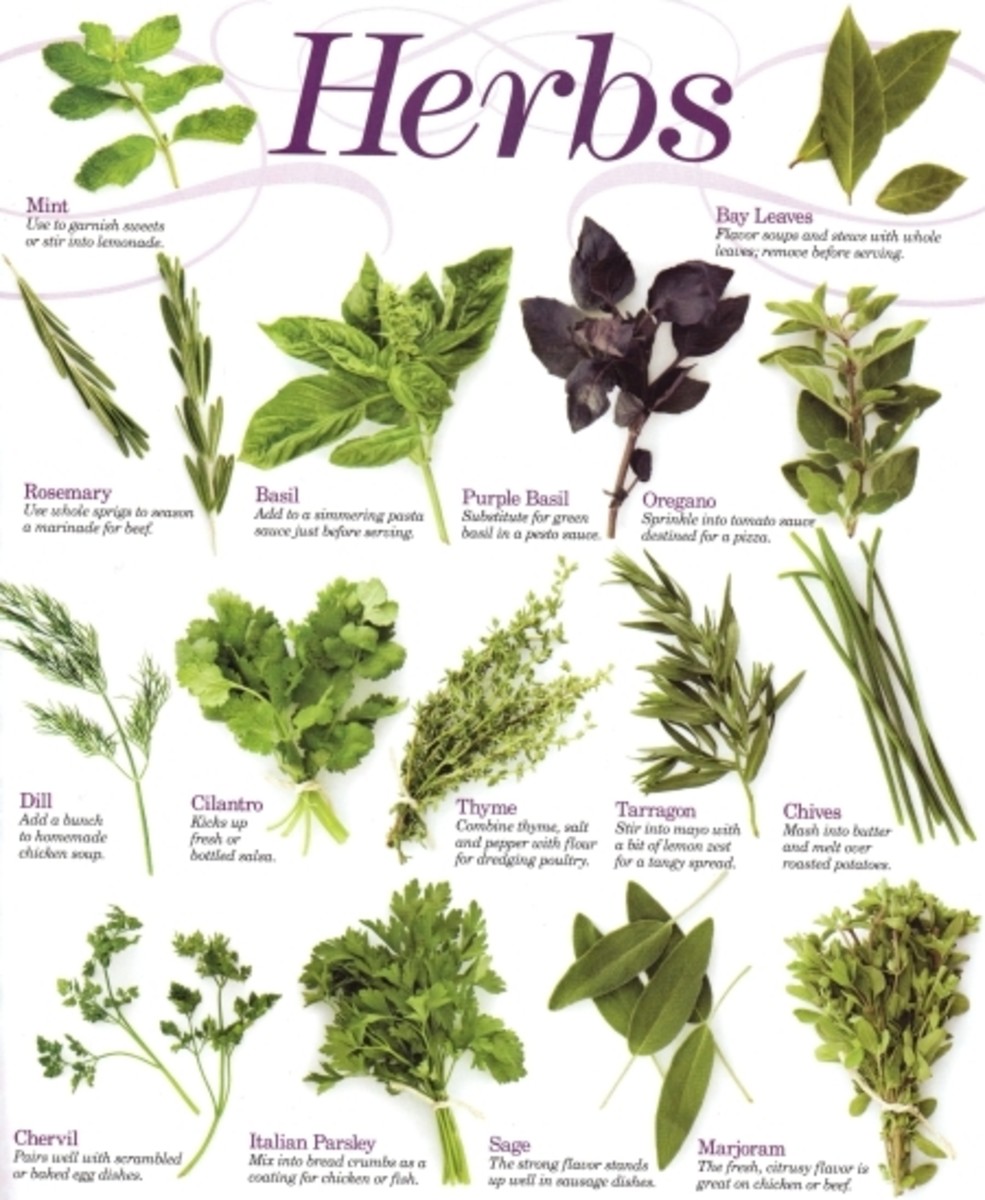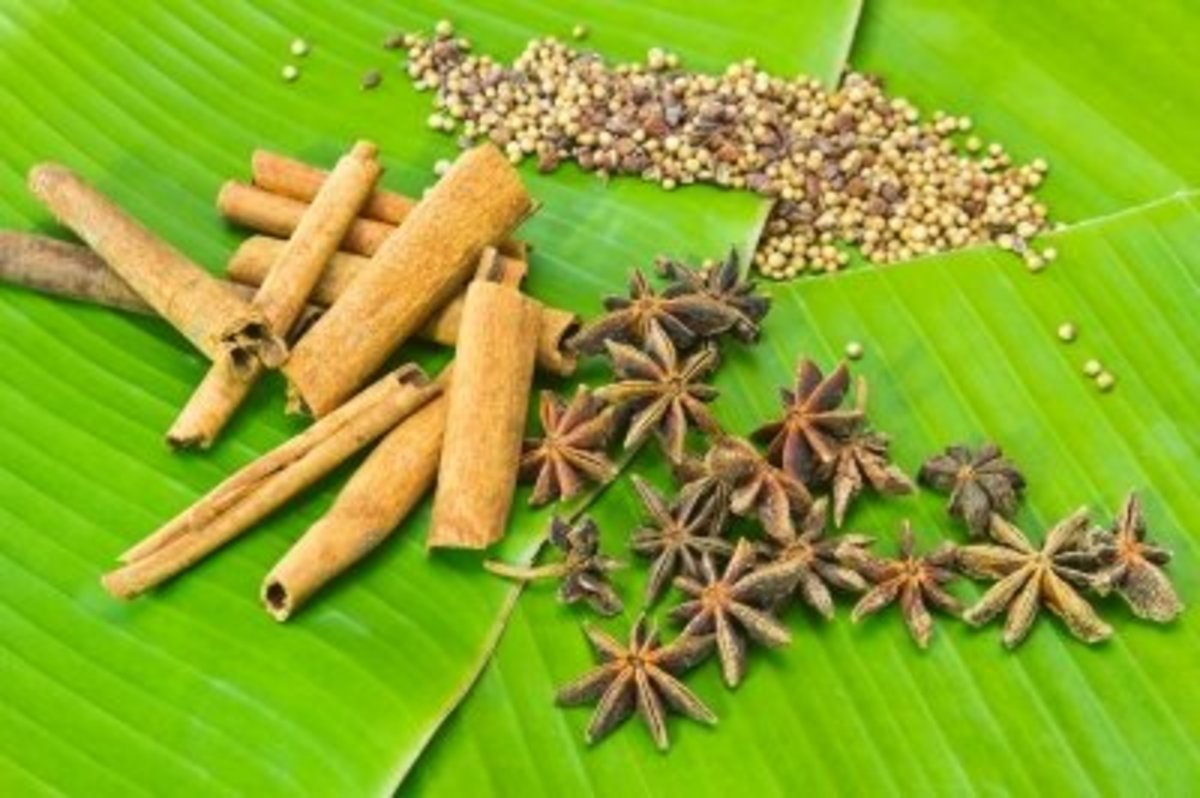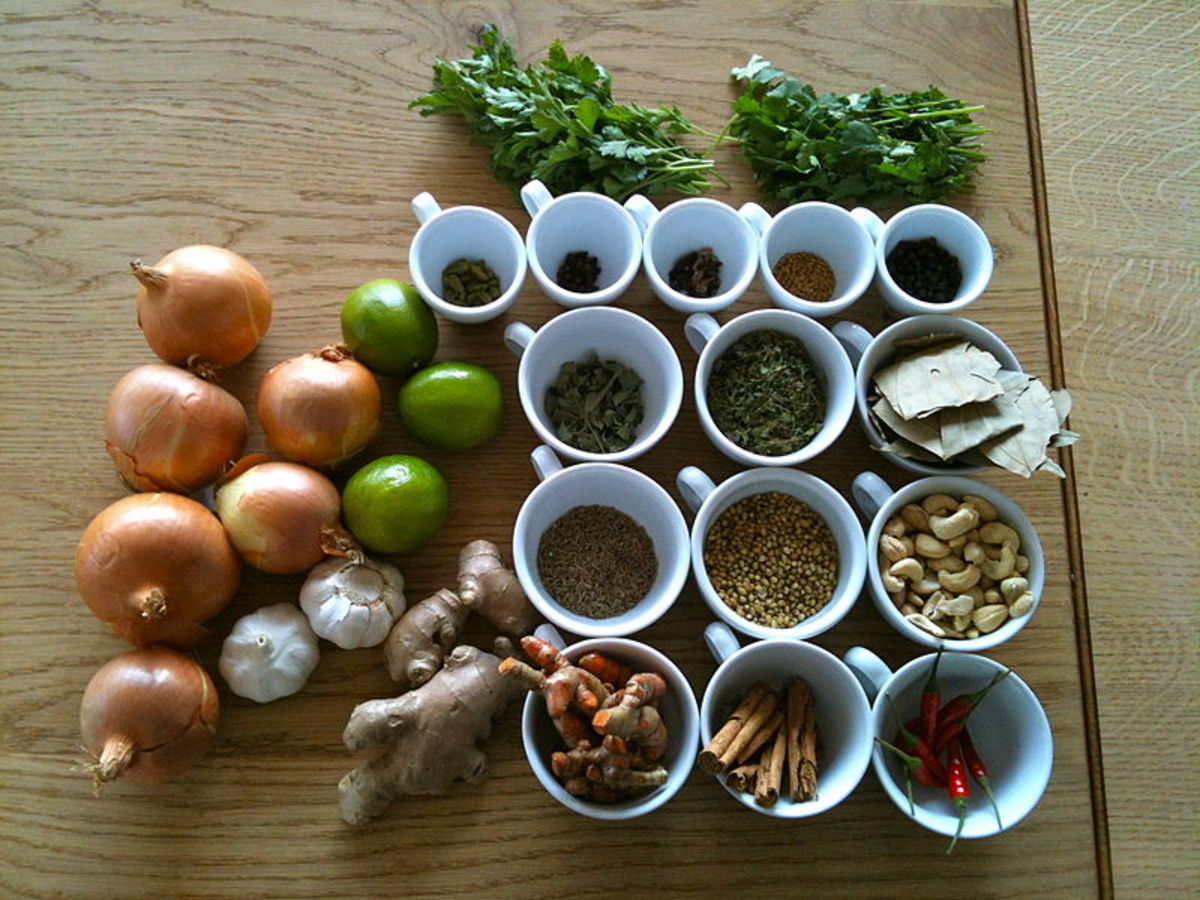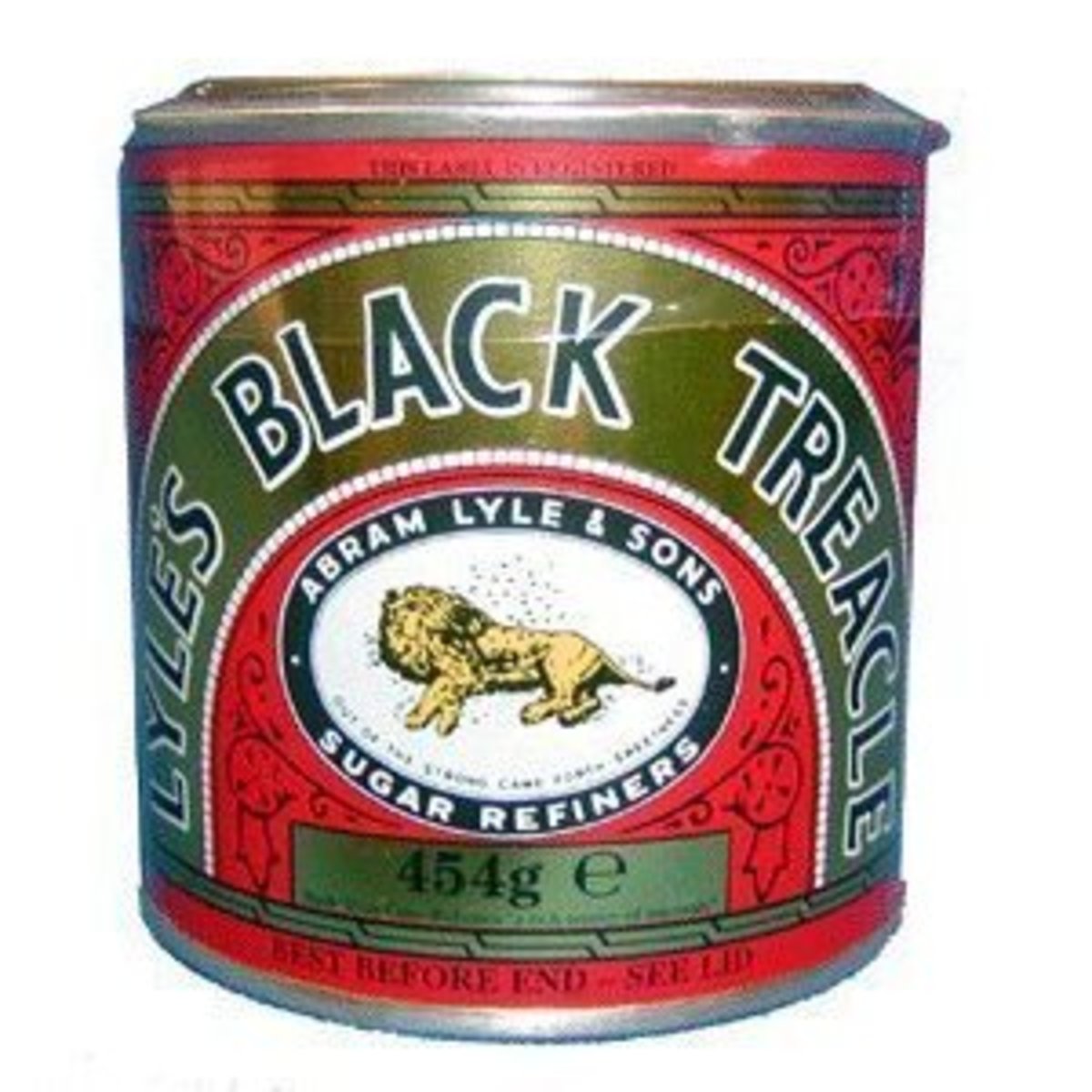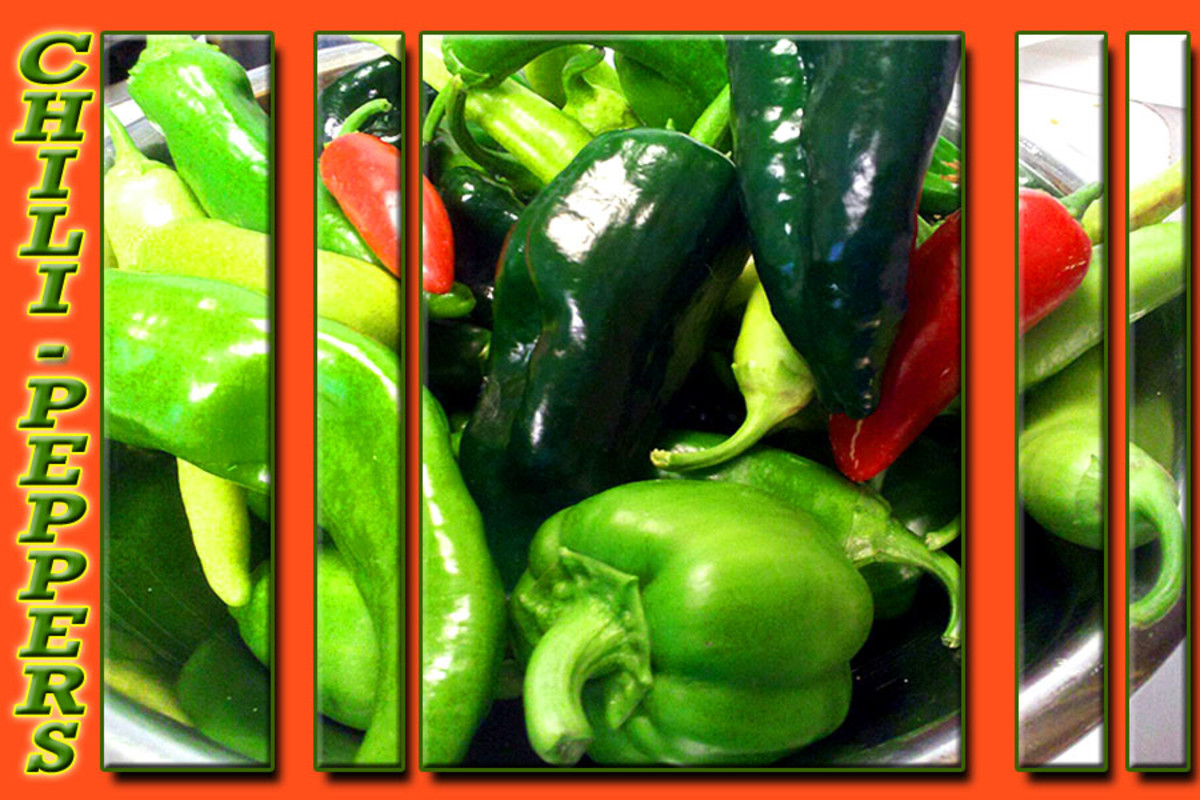How to Use Spices in the Kitchen
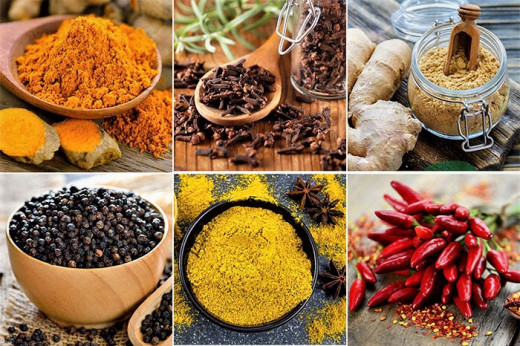
Today I will give you some advice on how to best use spices in the kitchen. Any dish, even the simplest, if embellished with spices can turn into something special. Knowing how to navigate the countless spices is not so simple; with the exception of pepper and chilli, we Italians are not too used to using spices in the kitchen. What foods does ginger go well with? How to use paprika? Where do I put the cloves? With this article, I will explain how to combine foods with the most common spices. Furthermore, the wise use of spices allows us to use less salt and seasonings in our recipes.
PEPPER
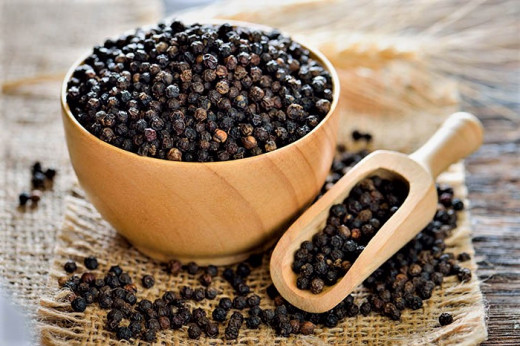
Pepper is the spice that needs no introduction… a pinch of pepper is added to practically every dish! First and second courses, meat, fish and vegetables, in short, there is no food that does not benefit from the addition of a little pepper.
Chili Pepper
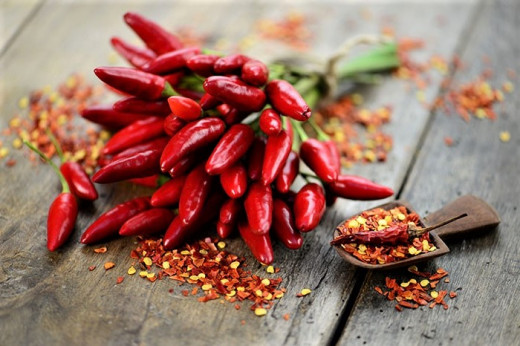
Chilli, especially in southern Italy, is the protagonist of many recipes. The intensity and spiciness change according to its type; the perception of taste is very subjective, therefore dishes that to some may seem very spicy to others may be absolutely "normal". Chilli is great in any dish, even in sweets! Many times, in fact, the chilli is used together with chocolate.
Oregano is an aromatic herb that contains all the flavour and smell of Mediterranean cuisine. The perfect combination of oregano is with tomato, starting with a simple salad, passing through bruschetta and ending with tomato sauce. Many times in winter, when basil is not available, I flavour my tomato sauce with a sprinkling of oregano… I can't tell you what goodness! Oregano is perfect for flavouring both white and red meat, but it is also very good on fish, for example with stewed cod.
ROSEMARY
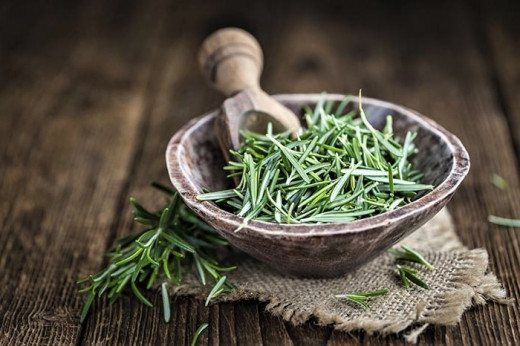
Rosemary is a very versatile aromatic herb. Its most common use is in marinating both white and red meat. Meat marinated with rosemary and cooked on the barbecue is a real treat! It is also perfect for flavouring soups and broths, starting with the classic minestrone and ending with legume soups, especially chickpeas and beans. Rosemary is also the protagonist of the most loved focaccia of all, the rosemary focaccia! Last, but not least, are the baked potatoes; potatoes cooked with a sprig of rosemary next to them give off a very good smell!
CLOUDS
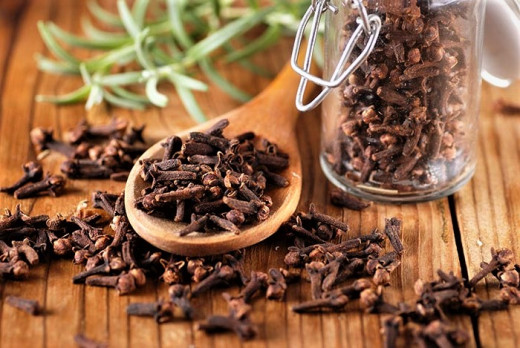
Cloves are a very aromatic and fragrant spice. They are perfect for flavouring desserts (the most famous example is gingerbread cookies) but also for flavouring ragu, braised meats and mulled wine. I also use gloves when making broth; I stick the cloves in onion and prepare the broth normally… the final result is a fragrant and tasty broth.
CURRY
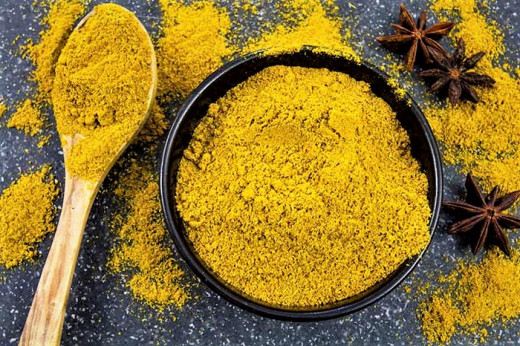
Curry is a blend of spices in varying proportions widely used in Southeast Asian cuisine. It is the fundamental ingredient of many ethnic dishes, the most famous example being the classic chicken curry. Using curry only with meat, however, is really an understatement; try to flavour the vegetables with a sprinkling of curry… you will feel that goodness!
SAFFRON
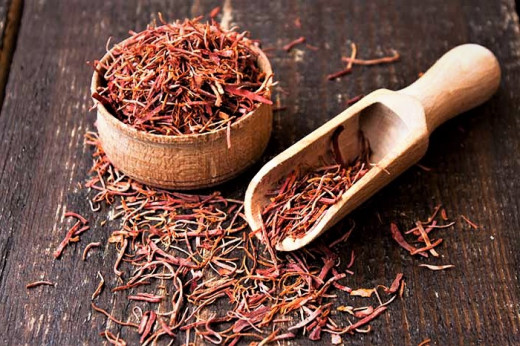
Saffron is the finest spice in the world; Thousands of pistils of a particular flower are needed to produce a small amount! Fortunately, a pinch of it really is enough to give the dishes its unmistakable taste, aroma and colour. The most traditional use is in the classic saffron risotto, also known as Milanese risotto. Saffron is also widely used in Sardinian cuisine, for example in the famous pastries, and in the Sicilian one, the most famous example in arancini.
TURMERIC
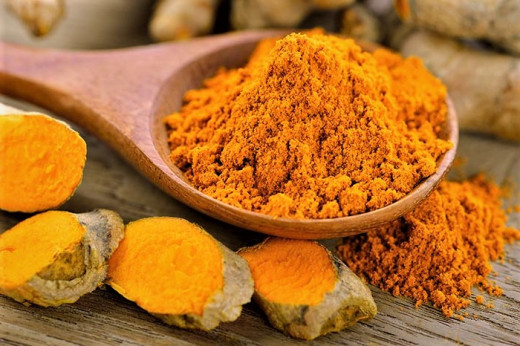
Turmeric is a spice obtained from a herbaceous plant native to Asia, widespread in all countries with a tropical climate. Turmeric, also known as Indian saffron, is obtained from the powdering of the root. It is the fundamental ingredient of curry because it manages to give this mix of spices the typical yellow colour. Consumed pure, it has a very slight earthy aroma mixed with an intense aroma, which melts during cooking. Turmeric is a versatile spice, suitable for meat, fish, vegetable dishes, but also for preparing fresh and dried pasta, biscuits and yoghurt-based mixes. Some use turmeric to replace saffron … but besides the colour, they give to dishes, these two spices have nothing in common.
GINGER
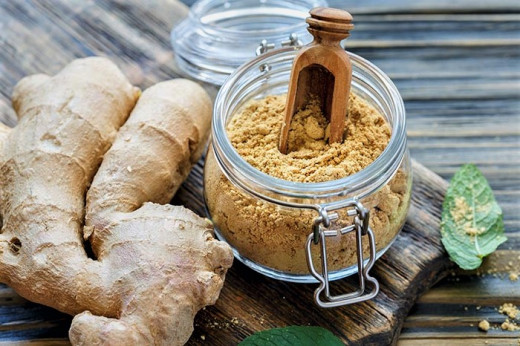
Ginger is a plant native to the tropical and subtropical areas of the Far East. The spice is obtained from the dried root and reduced to powder. In recent years, however, fresh ginger has arrived in our supermarkets; to use it just peel the root and grate it. It has a particular and unmistakable flavour that resembles that of lemon but with a spicy note. Ginger is ideal for seasoning all types of vegetables, raw and cooked, in fact, its slightly lemon flavour adds a note of freshness to dishes. It is also perfect for flavouring white meats, fish and shellfish. Finally, ginger is the protagonist of many decoctions and herbal teas.
PAPRIKA
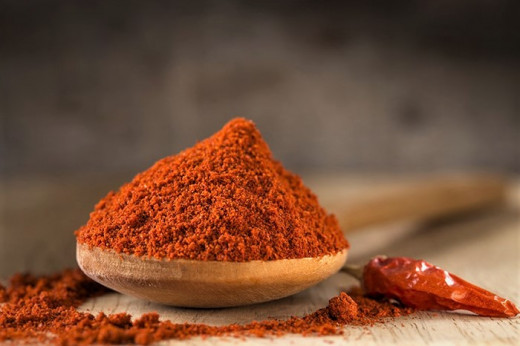
Paprika is a spice that is obtained by grinding special peppers and dried chillies. Paprika can be "sweet" or "spicy". The sweet one has a delicate, slightly bitter taste and recalls the flavour of pepper. It is perfect for flavouring vegetables, meat-based main courses and soups. The spicy one is ideal for flavouring tomato-based sauces and sauces.
CINNAMON- Spices in the kitchen
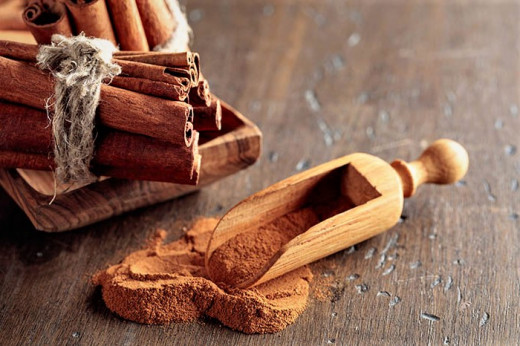
Cinnamon is a very particular spice, it is, in fact, spicy and sweet at the same time. It is used in the kitchen especially for the preparation of cakes, creams and baked desserts. By now we all have the habit of adding a pinch of cinnamon to apple pie! Another cinnamon-based dessert is cinnamon rolls, the American glazed rolls that are now very famous also by us. But cinnamon is also excellent in some savoury preparations of oriental origin; one of the spices of the famous Indian curry is cinnamon!
You may be interested to read
- Asparagus cake recipe-Salted asparagus plumcake- Special Food
Asparagus cake recipe-Salted asparagus plumcake is a soft and very good rustic plumcake, enriched with asparagus and boiled eggs. - Healthy Yogurt Cake- Special food - Quick & Easy Quick and easy recipe
The healthy yogurt cake is a light and delicious cake, perfect for breakfast or a snack every day,A quick and easy recipe to prepare. - Easy bread sticks by special food by special food - YouTube
in this video we prepare bread sticks by special food.ingredienti you need: flour, oil, salt, water. These days many of us are thinking about the menu for th...
THE NUTMEG- Spices in the kitchen
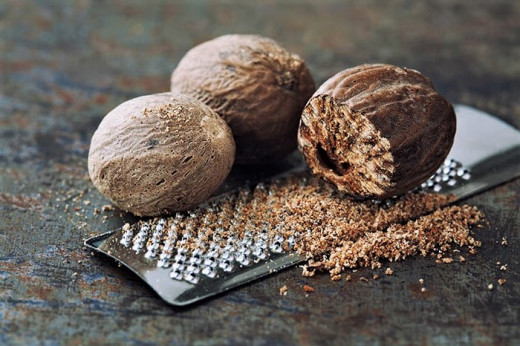
Nutmeg is a spice that (as its name suggests) looks like a small nut. In fact, it is almost always sold together with a small grater to pulverize it at the moment and to preserve its aroma to the maximum. The most common use of nutmeg is in bechamel; gives a delicate but at the same time recognizable flavour! Nutmeg is ideal for flavouring meatballs, mashed potatoes and is often added to the filling of tortellini and ravioli.
ORIGAN
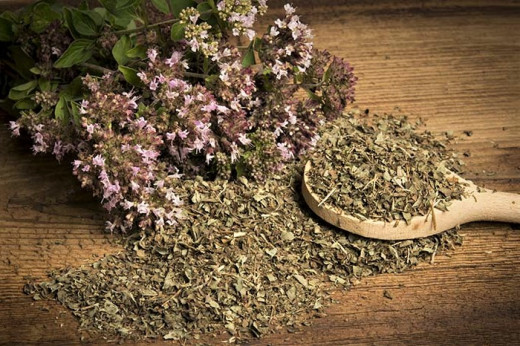
© 2020 special food

